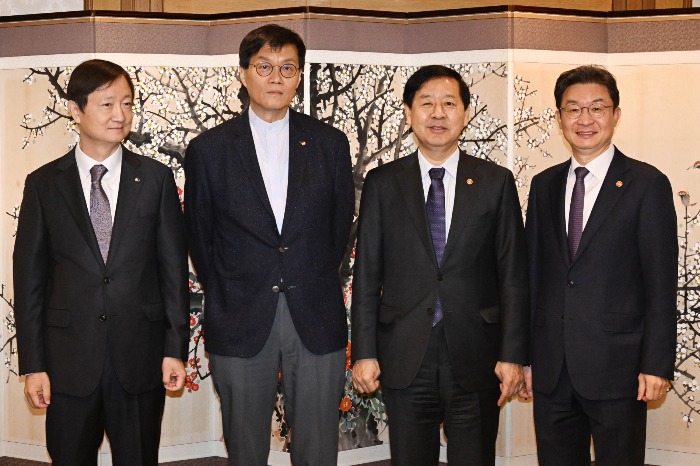UPDATE: The South Korean won has rebounded sharply after authorities intervened to stabilize the currency, which had fallen to a seven-month low earlier today. In a critical market-monitoring meeting on November 14, 2025, Deputy Prime Minister and Finance Minister Koo Yun-cheol announced urgent measures aimed at addressing the currency’s steep decline.
Following the meeting, the won strengthened significantly to around 1,450 per dollar, recovering from the mid-1,470 range it had reached earlier in the trading session. Koo expressed growing concern over the won’s depreciation, attributing it to increased overseas investments by South Koreans, which have distorted foreign-exchange supply and demand.
“There was broad agreement on the need for structural improvements in the foreign-exchange balance,” Koo stated, emphasizing that if the imbalance continues, expectations of a weaker won could become entrenched, further destabilizing the currency.
Authorities confirmed they will collaborate with the National Pension Service and major exporters to analyze the factors contributing to the won’s weakness and implement stabilization measures. This marked the government’s first clear verbal intervention since October, which analysts believe was crucial in reversing the currency’s decline.
Traders noted that the rebound was likely supported by more than just verbal intervention, suggesting possible small-scale dollar-selling operations by authorities. “There were signs of actual intervention around the comments,” said a senior currency dealer at a local bank, hinting at a coordinated effort to address market volatility.
Despite the immediate recovery, analysts warn that the backdrop of strong dollar demand, geopolitical uncertainty, and cautious market sentiment continues to loom large. The won had previously breached the 1,470 level, reaching its lowest point since April 9, when the exchange rate hit 1,484.1 amidst escalating US-China tensions.
The recent decline in the won is also attributed to heavy foreign selling in the Kospi, as global investors took profits after months of gains in South Korean equities. The currency is now trading at levels unseen since December 2024, when political unrest led to significant market turbulence.
The government’s proactive measures aim to prevent the won from approaching 1,500 per dollar by year-end if current trends persist. With the won now trading above 1,400 for 31 consecutive days, the implications for South Korean consumers and investors are profound, affecting everything from import prices to international investments.
As the situation develops, market participants will be closely watching for further interventions and policy adjustments from the government. Authorities are expected to continue leveraging available tools to stabilize the market, ensuring that confidence in the won is restored.
This urgent update highlights the ongoing challenges facing the South Korean economy and the critical steps being taken to address them. Stakeholders across the financial spectrum will need to remain vigilant as this story unfolds.







